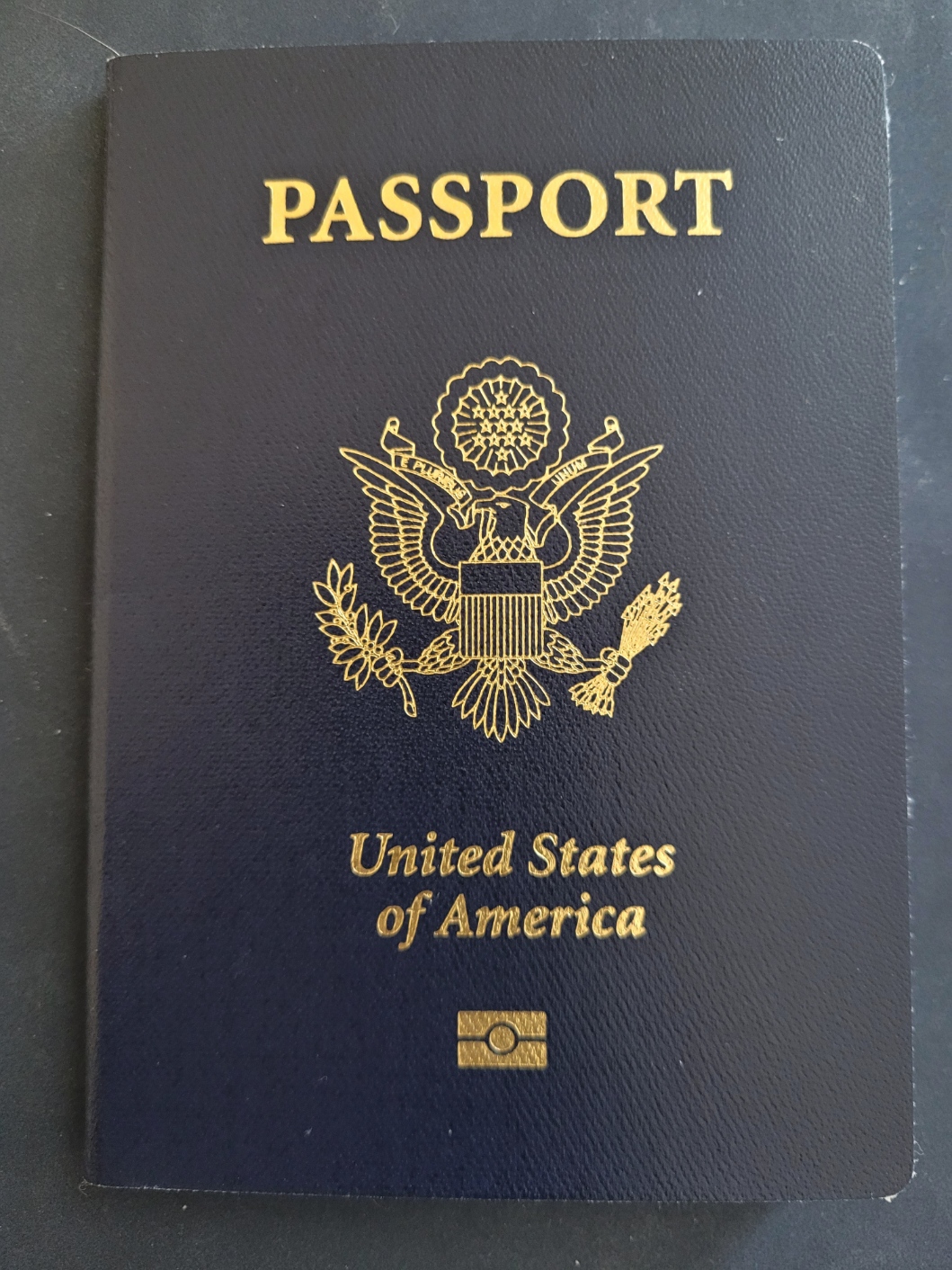Today is Mardi Gras. Both Sunday and today (Tuesday, of course), I’ve watched New Orleans Mardi Gras parades on the Web. I have not been in New Orleans for Mardi Gras for a very long time, but, in many ways, parades have not changed all that much.
There certainly have been improvements over the years. There are more krewes (and correspondingly more parades), and membership in a krewe is no longer limited to the New Orleans elite. Night parades are lit by electric lights rather than by the slightly scary flambeaux. (A flambeau was once dropped on the ground in front of me. Fortunately, I was old enough that the incident didn’t leave me with a permanent emotional scar.) Throws have become more varied and interesting. In addition to the classic strings of beads, there are sunglasses, neck pillows, illuminated caps, socks unique to particular floats, and other imaginative trinkets.
Some changes would be welcome. Parade units—floats, bands, mounted riders, etc.—tend to become separated from one another, often producing long delays between the arrival of units at a given location. In an era of easy wireless communication, there is no excuse for all units not halting or moving in unison.
The other aspect of parades that has remained unchanged for as long as I can remember is having floats pulled by tractors. Floats in the Rose Parade are self-propelled, a more complex but more visually attractive technology. A positive innovation is the arrival of tandem floats, essentially trains of two or more wagons pulled by a single tractor.
I got to see the Zulu parade for the first time today. Zulu has an all-black krewe. Whereas riders on the floats of most parades are masked, most riders in Zulu appear in blackface. Zulu has always been known for its unique throws—hand-painted small coconuts.
I also saw members of the Half-Fast Walking Club, a group founded by the late clarinetist Pete Fountain. The walkers are part of no parade.
As a former Army bandsman, I pay particular attention to bands in the parades. High school, college, and military bands march during the Mardi Gras season. Even without identifying banners, the three types of bands are easily distinguished. Military bands, for example, march in perfectly straight ranks and are led by drum majors who know how to use a mace to telegraph smartly everything the band needs to know.
Near all high school bands do a poor job of keeping their lines straight. They often have multiple drum majors, none of whom seem to understand what can be done with a mace other than dance around with it. I suspect that high school band directors are reluctant to designate a single drum major and teach him—it always seems to be a him—how to do his job in high style. Drummers, who used to provide a straightforward cadence for marching, now seem to have become bands of their own, often providing more interesting music than the full band. On the other hand, I would not like to march to them. Oh, and band members need to know that marching is not just walking.
College bands, the largest groups, tend to be more disciplined than high school bands but less regimented than military bands. Among college bands, I saw coördinated movements of band members—I’m tempted to call them dance movements—that were not my cup of tea, but which were well-executed.
Finally, I have to say that I would have liked to see more military bands. And I would have liked to have heard more classic military marches (by Sousa, Alford, Fillmore, etc.) played by any of the bands.

